| Introducing 40 young automotive leaders |
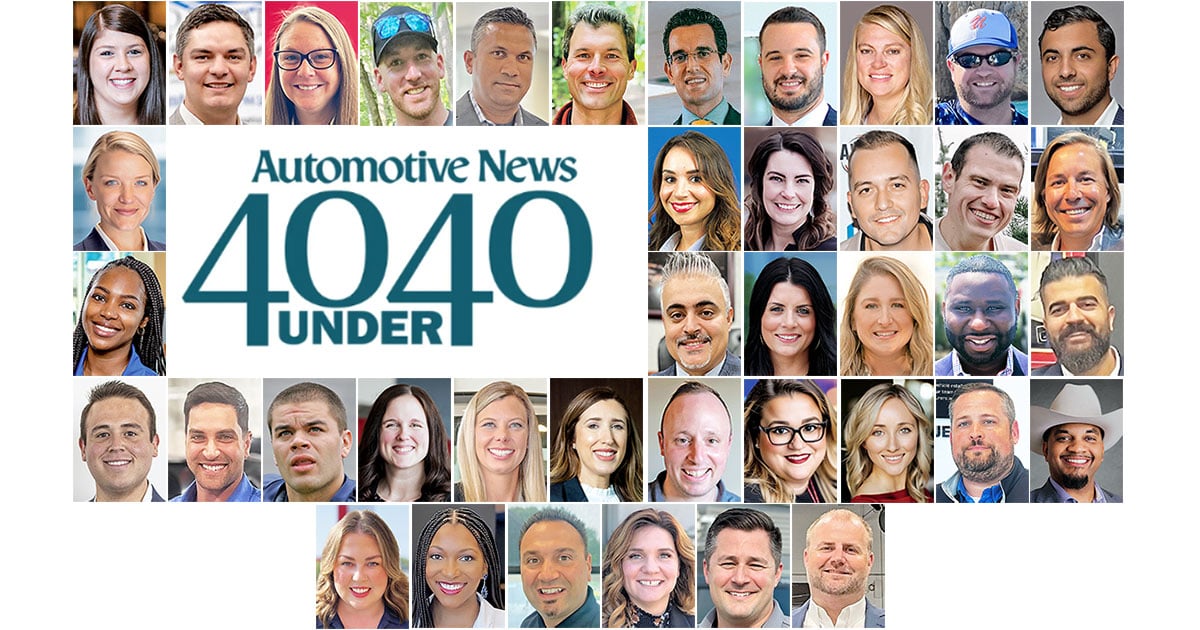
A few weeks ago I interviewed Paul Daly and Kyle Mountsier, the creative pair behind the proposed docuseries “More Than Cars.” Daly and Mountsier want to create a Netflix-style seriesthat pulls back the curtain at dealerships across the U.S. to give viewers a look at the jobs there and the people who do them.
For instance, in the pilot episode the two interviewed a sales adviser at a Texas Kia dealership who was doing DoorDash deliveries to make money. He did a middle-of-the-night food run to an executive from the dealership who figured someone who was working at 3 a.m. had the drive to succeed selling cars. Numbers were exchanged, an interview took place and the young man was hired.
This reminded me of the special stories behind so many of the people we cover in the pages of Automotive News when I read the entries of our 40 Under 40 candidates. People who were born into it and those who took circuitous routes to the automotive retail industry.
Like Jeff Defonseka, service manager at BMW of Bridgewater in New Jersey, who came to the U.S. from Sri Lanka in 2001 as a 17-year-old. He got his first automotive job soon after and said: “I was going to community college and all I knew was that I loved cars.”
Or Tristan Topps, a HR manager for the Penske Automotive Group who’s a former Ms. Arizona and Ms. United States pageant winner.
Aaron Zimmerman‘s first dealership job was as a porter/janitor. He is now corporate fixed operations director for the Len Stoler Automotive Group in Owings Mills, Md. Zimmerman’s secret: He acts as if he’s on a 30-day contract. “It keeps me from getting complacent,” he said.
Felicia Rey, owner loyalty manager at Lynnes Nissan City in Bloomfield, N.J., originally turned down her first job offer as a dealership cashier because she didn’t know anything about cars. Replied her future boss: “I can teach anyone about cars. I can’t teach people about people.”
It’s all about people — both the customers and the dealership staff who serve them. Enjoy reading about 40 of the industry’s best and brightest young leaders.
— Dan Shine, news editor
 |
|---|
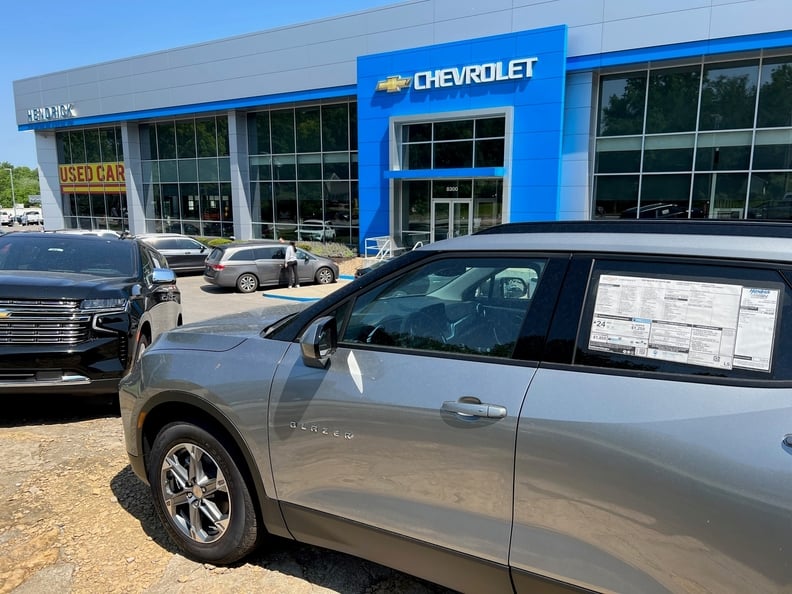
“This road to recovery for the industry has been a winding one. With many automakers committing to better aligning production and demand, we might be on the cusp of seeing what a new normal sales pace looks like compared to the pre-pandemic years, when bloated inventories and deep discounts shaped the industry.” |
— IVAN DRURY, DIRECTOR OF INSIGHTS AT EDMUNDS, ON JUNE AND Q2 U.S. SALES |
|
From “GM, Toyota, Honda, Nissan rebound again; Stellantis sales slump ends; VW slips” |
 |
|---|
In Monday’s Automotive News:

Could carbon neutral e-fuels extend the life of ICE vehicles? Porshe, Stellantis, Ferrari, BMW and other automakers are taking a hard look at that question. The lure of e-fuel is that it can enable an internal combustion engine to run nearly as cleanly as an EV with no changes to the engine, fuel injectors, emissions systems or other components. E-fuel combines carbon dioxide taken from the atmosphere — or captured at the source, such as at a refinery — and hydrogen obtained from water through electrolysis. One of the big drawbacks right now is cost: According to one recent study, e-fuel, as currently manufactured, could cost as much as $11 a gallon. And cost isn’t the only issue. Automotive News looks at the challenges ahead in developing “e-fuels for engines, not engines for e-fuels,” says Micky Bly, Stellantis’ head of global propulsion systems.

Tesla marks 20th anniversary at a crossroads: The company’s early years were a series of ups and downs, but Tesla today is by far the world’s most valuable automaker, with a market capitalization of about $830 billion. No one questions Tesla’s role in leading the electromobility revolution and pioneering battery technology and the push for autonomous driving. But 2022 saw some significant bumps in its road. Elon Musk came under fire for that controversial and pricey Twitter purchase, the company’s stock market value plummeted by several hundred billion dollars; and the big promises around the company’s so-called Autopilot have yet to be kept. What will it take for Tesla to continue its success story as it fights for market share in an increasingly competitive EV landscape? Automotive News’ sister publication, Automobilwoche, looks at that question.
Weekend headline
UAW wants EPA to soften vehicle emissions plan: The union called on the Biden administration to soften its proposed vehicle emissions cuts requiring 67% of new vehicles to be electric by 2032.
 |
|---|
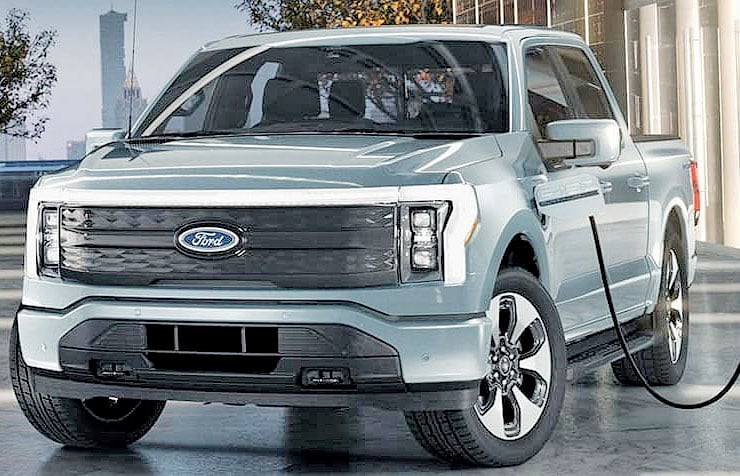 Ford granted favorable ruling on EV program for dealers: A hearing officer in South Dakota last month ruled Ford Motor Co.’s electric vehicle certification program for dealers does not violate state franchise law, the first such decision on a program that has prompted numerous legal actions and dealer protests. Meanwhile, cases in New York, Illinois and North Carolina, among other states, are moving forward in what will be additional tests for a retail strategy CEO Jim Farley describes as key to Ford’s competitiveness as it attempts to dethrone Tesla as the nation’s bestselling EV maker.
Ford granted favorable ruling on EV program for dealers: A hearing officer in South Dakota last month ruled Ford Motor Co.’s electric vehicle certification program for dealers does not violate state franchise law, the first such decision on a program that has prompted numerous legal actions and dealer protests. Meanwhile, cases in New York, Illinois and North Carolina, among other states, are moving forward in what will be additional tests for a retail strategy CEO Jim Farley describes as key to Ford’s competitiveness as it attempts to dethrone Tesla as the nation’s bestselling EV maker.
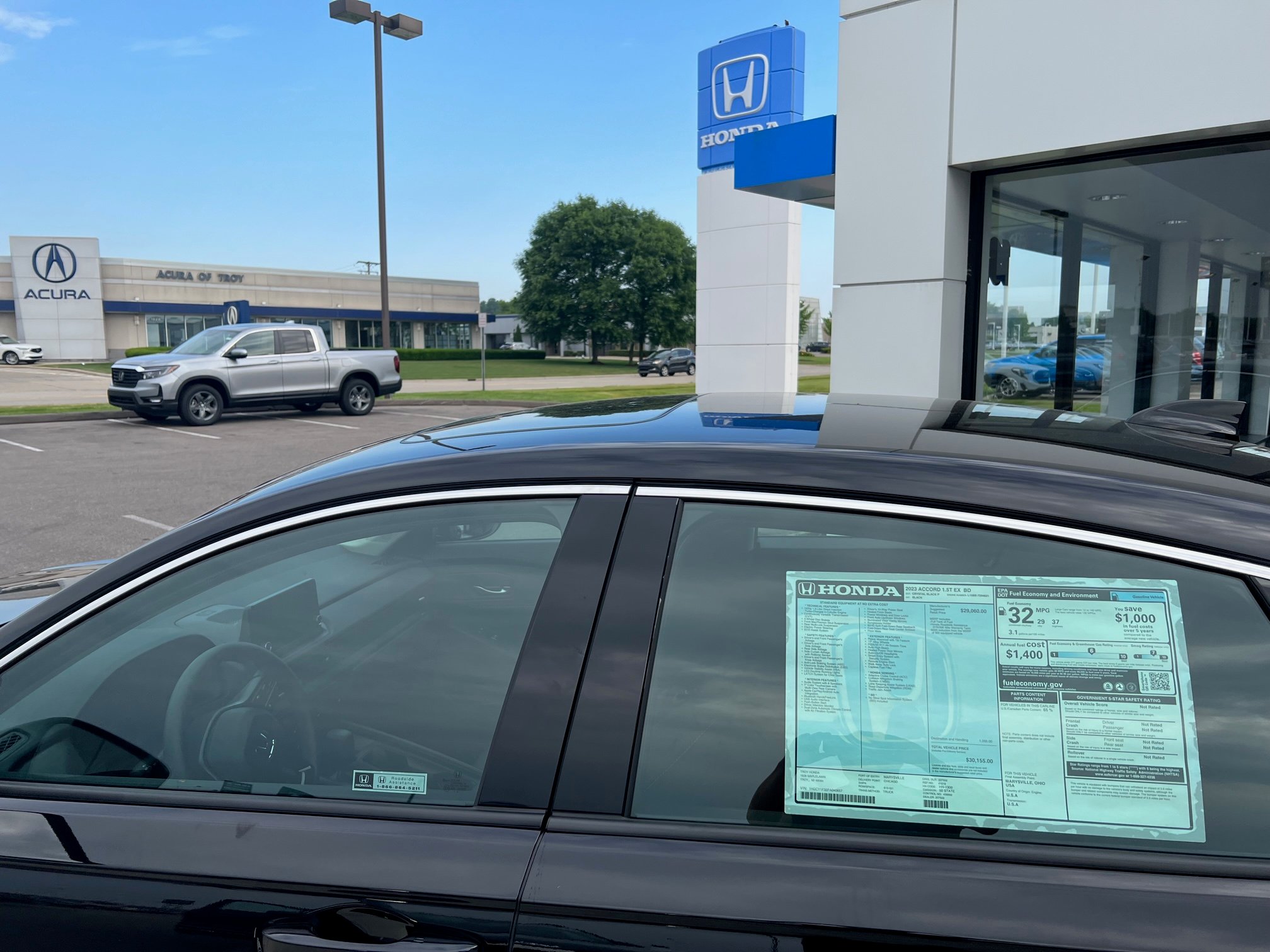
Honda, Acura sales boom in June, Q2 as inventory recovers: American Honda Motor Co. posted second-quarter sales of 347,025, a 45 percent increase compared with last year. The automaker, dogged by supply chain issues for the majority of 2022 resulting in a 17-month sales slump, is finally seeing some production momentum as it builds back dealership stock. According to the company, dealers are reporting turn rates of more than 70 percent.
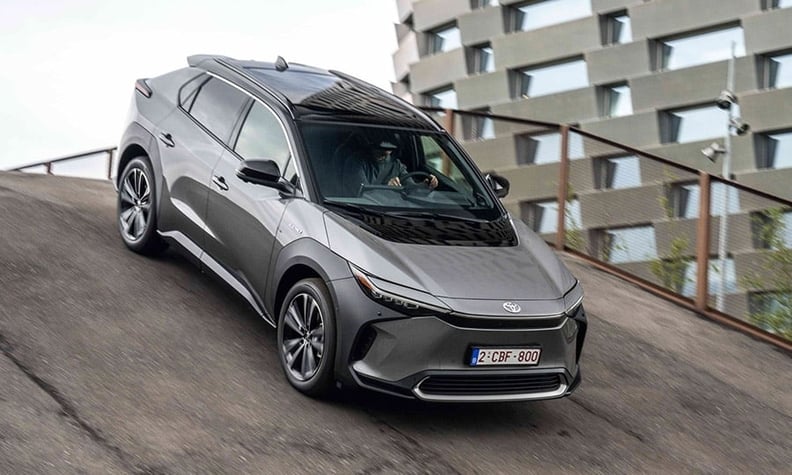
Toyota may share Tesla-fighting next-gen EV tech with partners: Toyota’s radical electric vehicle overhaul will deliver a plethora of knock-on benefits beyond the next-generation of Tesla-fighting Toyotas that start rolling off the line from 2026. Breakthrough manufacturing processes will be applied to factories making more conventional vehicles as well. Meanwhile, the new all-electric platform being engineered from scratch may even be shared with partner automakers, helping Toyota expand scale and further slash costs.
 |
|---|
|
|---|
 |
|---|
 |
|---|
 |
|---|
July 14, 1988: Volkswagen closes its assembly plant in Westmoreland, Pa. Some people think American Honda was the first foreign company to build cars in large numbers in the United States. Wrong. Volkswagen started the modern transplant action in 1978 when it bought a half-finished Chrysler plant in Westmoreland and began turning out Rabbits. It produced 1,197,411 Rabbits, Golfs and Jettas. VW’s U.S. sales had shrunk to the point that it was no longer economically feasible to build cars here. For the purist, Rolls-Royce built 2,944 cars in Massachusetts from 1921 to 1931. And in 1905-07, the American Mercedes was produced in Long Island City, N.Y., under license from the German manufacturer.

